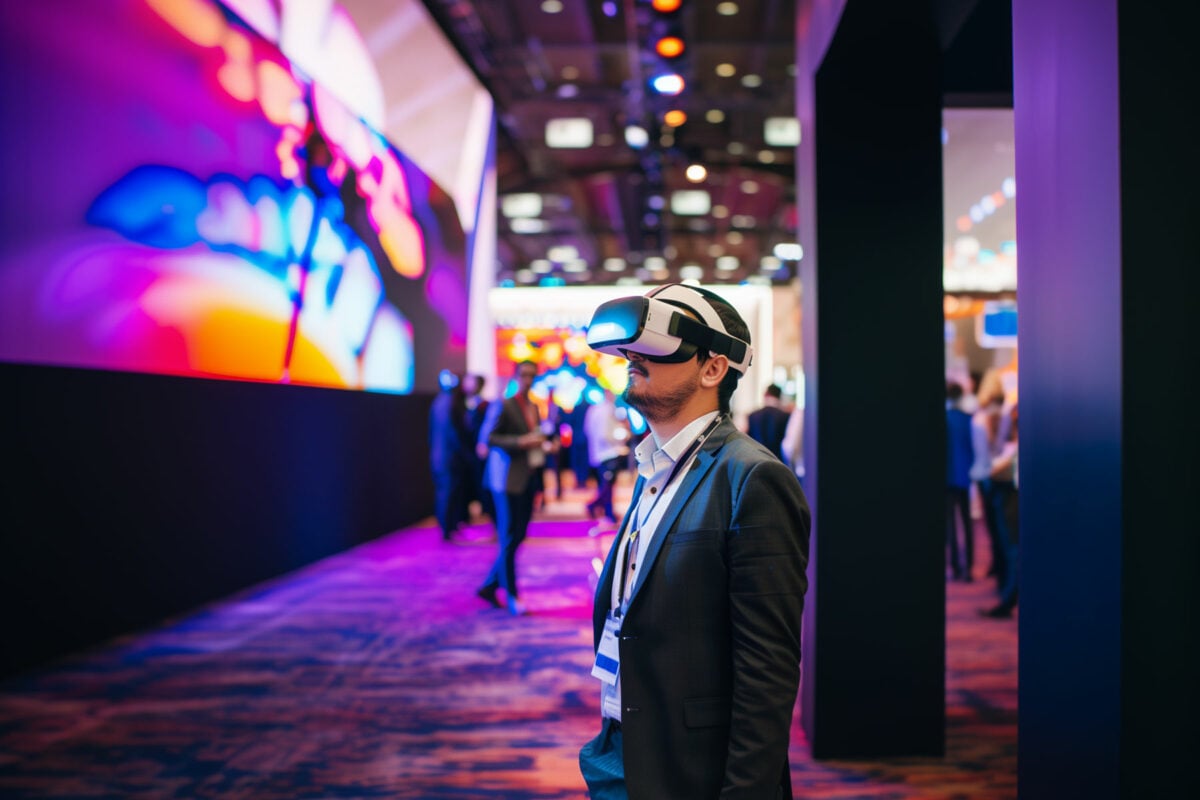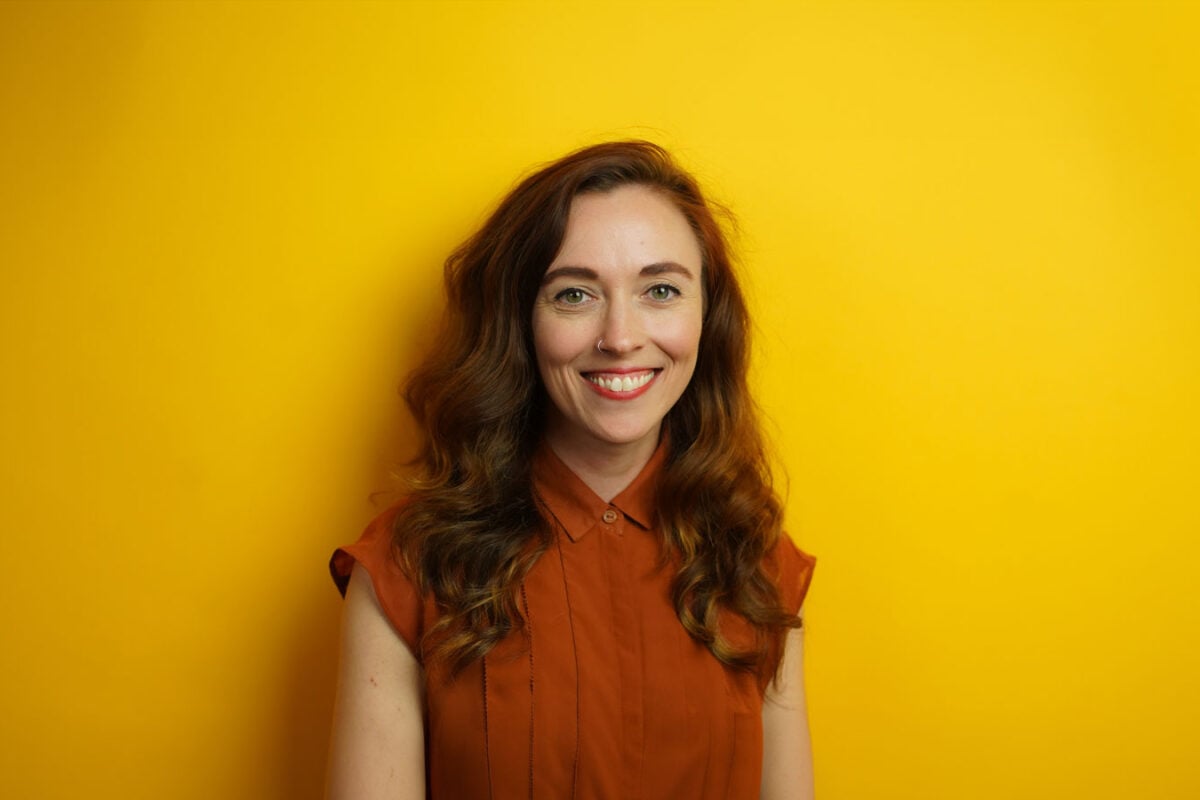In B2B, particularly in industries with long product development cycles, marketers often face a critical challenge: launching campaigns for products that don’t yet exist in physical form. Without tangible visual assets, how can these campaigns effectively showcase and differentiate new offerings?
One powerful solution lies in the use of 3D renderings. While not a complete replacement for photography, 3D renderings offer flexibility, adaptability and speed, which are crucial factors for complex campaigns with multiple deliverables.
I recently sat down with Frank Delaney, Associate Creative Director of Performance Marketing, to discuss a recent building materials campaign where 3D renderings proved instrumental in overcoming the lack of physical product imagery. Frank shared insights on how this approach not only solved immediate asset challenges but also opened new creative possibilities for the campaign.
Q: How often do B2B marketers have to launch new products without actual photos or prototypes?
A: It’s more common than many might think—especially in industries like building materials, where product development and launch cycles can span such a long time, and physical products do not exist for photo shoots. They may be dealing with evolving product specifications that have delayed the ability to acquire assets in a traditional way. This situation means we need to get creative to launch the product in market in time. It requires close collaboration to ensure that the campaign’s visual strategy accurately reflects the product’s features and differentiators in the market.
Q: Why did you choose 3D renderings for this client, and what were your main goals?
A: The key challenge wasn’t the medium, but rather clearly differentiating the product within its market. 3D renderings helped achieve that. For this client, leveraging 3D renderings felt natural because their target audience was familiar with architectural models and conceptual design. If the brand didn’t already embrace 3D modeling, or if it didn’t feel authentic or familiar to the audience, we wouldn’t have recommended it.
Q: If you had access to real product photos, would you still have used 3D renderings?
A: In this case, yes, although real photography is always valuable, especially for showcasing the artistic side of architecture. But the 3D renderings gave us flexibility that we don’t always get with photography, unless we’re able to define the art direction up front. The renderings allowed us to produce multiple assets quickly and across various media formats, including print, digital and video, which was essential given the tight timelines we were working within in this scenario.
Q: How did 3D renderings help you do things that regular product photos couldn’t?
A: Renderings gave us the adaptability to show the product in different compositions and environments, making each media piece unique. This flexibility would have been hard to achieve with photography alone, especially in scenarios where the product had to be depicted under different weather conditions, within various building environments and at different times of year or day.
One of the unique aspects of this campaign was showing the product in multiple weather environments. This allowed us to highlight the product’s thermal protection capabilities in various conditions, from hot deserts to freezing winters. We also used animations to bring these scenarios to life, which added a dynamic element to the client’s social media and video strategy. Overall, the renderings enabled us to create a consistent visual narrative across all media formats while also providing the flexibility to create native or more platform-specific creative units.
Q: Can 3D renderings always replace real photos in marketing campaigns?
A: No, renderings aren’t a one-size-fits-all solution. They need to align with the brand’s story, market positioning and target audience. For example, some projects require an emotional connection that is better captured through photography. For others, especially where flexibility and speed are key, renderings are a perfect fit. It’s essential to assess each project’s specific needs before deciding on the medium.
The key is understanding the product, how it fits into the market and its differentiators in the eyes of the target audience. These factors inform the aesthetics and the approach. Clients should think about their long-term media plan, timelines and budget. Renderings can provide unmatched flexibility, but they must feel authentic and aligned with the brand’s identity. They also must resonate with and feel familiar to the target audience. In this case, with the architecture and design audience, it’s accepted and familiar, but still unexpected in the space if used correctly. This was all about helping the audience see how their vision can come to life in an opportunistic way.
Q: Is it effective to use both 3D renderings and real photos in the same campaign?
A: Absolutely. In this campaign, the renderings didn’t stand alone. They were integrated with the brand’s strong visual identity, making them a natural extension of the marketing strategy. A balanced approach—where renderings are used for flexibility, and photography for emotional impact—can create a compelling narrative.
About Frank Delaney, Associate Creative Director, Performance Marketing: Frank excels at turning innovative ideas into effective marketing campaigns. He works with highly specialized, cross-functional teams to ensure creativity drives real business results. Frank brings brands to life and takes them places they hadn’t considered going.





